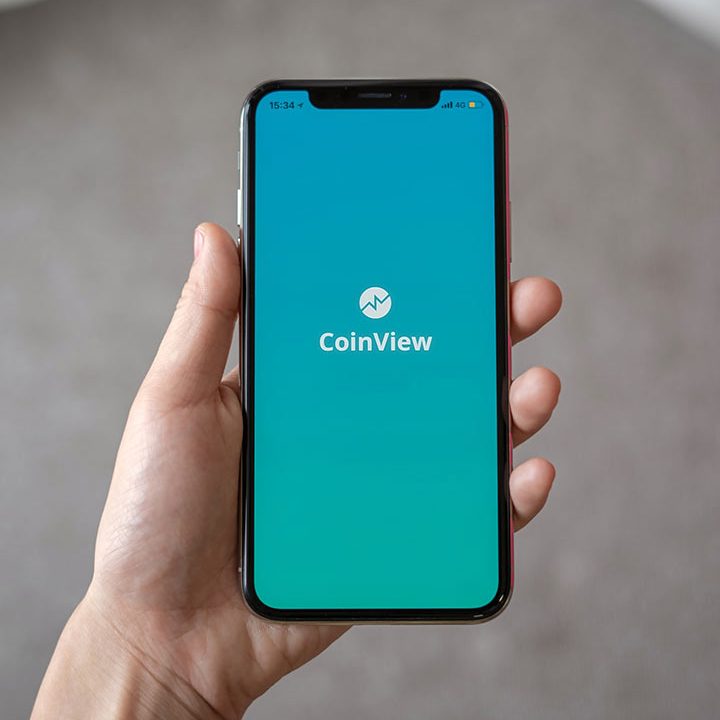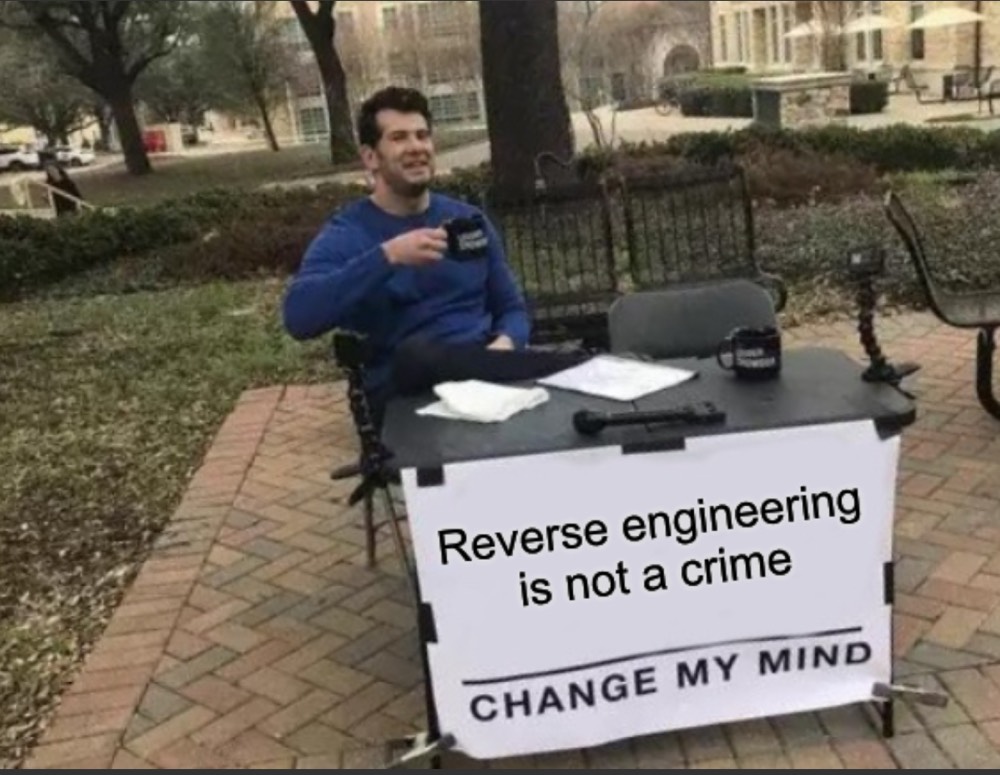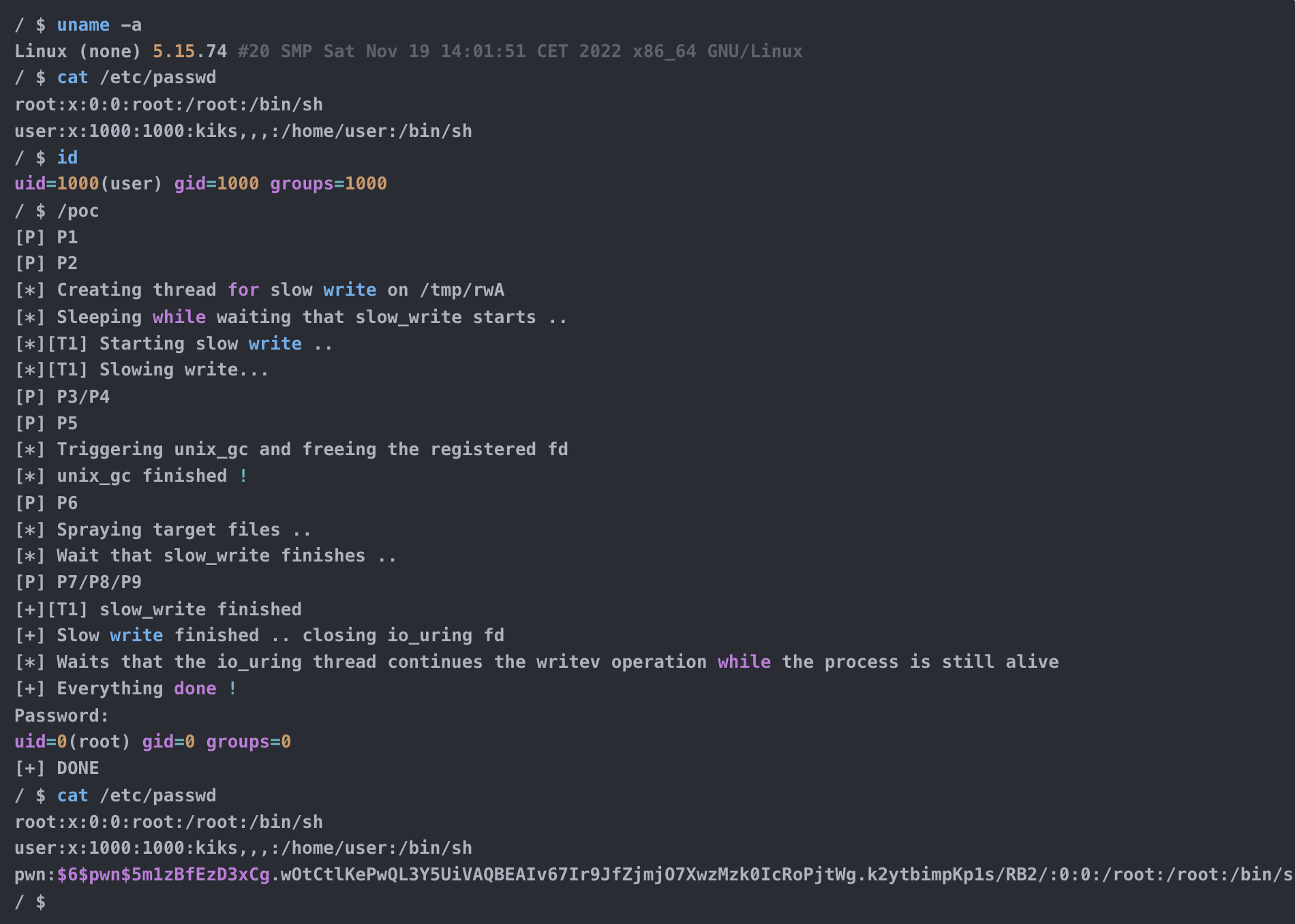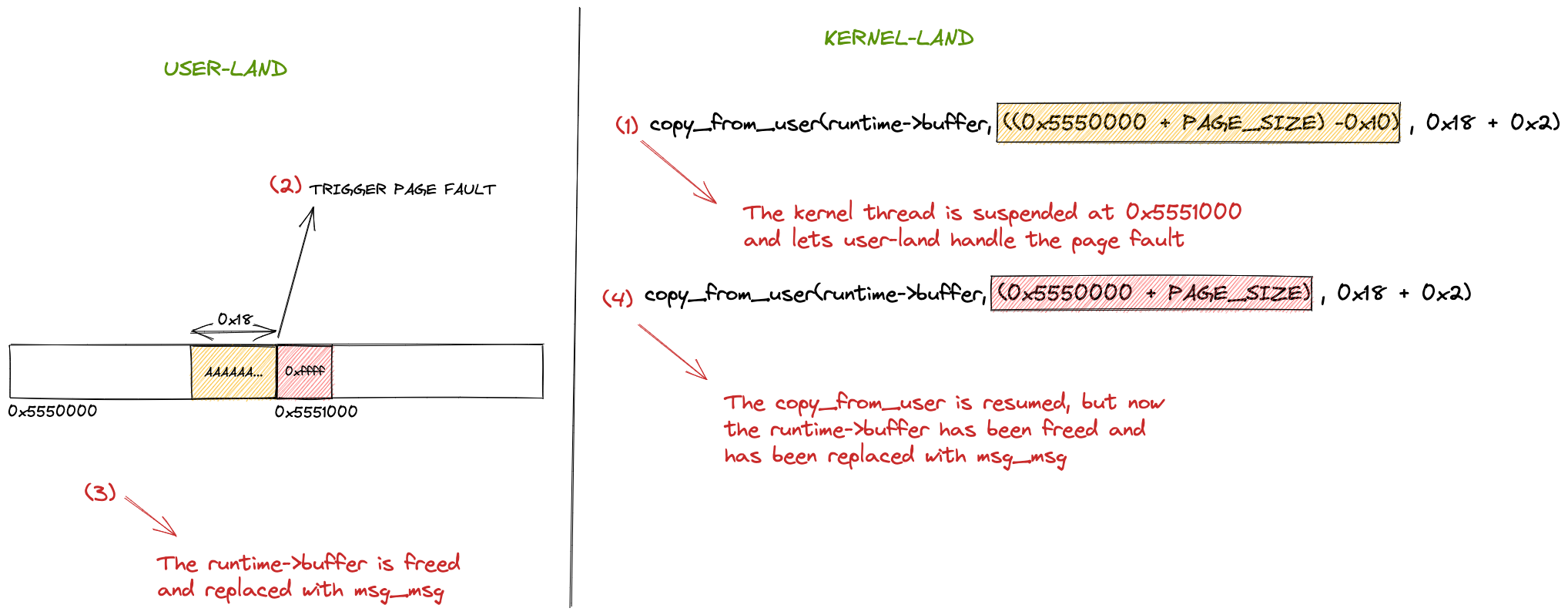Introduction Serialization and deserialization mechanisms are always risky operations from a security point of view. In most languages and frameworks, if an attacker is able to deserialize arbitrary input (or just corrupt it as we have demonstrated years ago with the Rusty Joomla RCE) the impact is usually the most critical: Remote Code Execution. Without […]
Introduction In the previous blog post we have covered some internal parts of the codebase that are involved in the intent registration and resolution process. In this one we are going to deepen Deep and App Link resolutions in the Android Operating System and its remote Attack Surface. Deep and App Links are data components […]
Introduction From the official Android documentation, the Intent is described as “an abstract description of an operation to be performed”. Conceptually, it can be simplified as an “intention to do something with another application” across Inter-Process Communication (IPC). One of the most interesting facility that intents offer is the implicit resolution. An application can explicitly […]
Introduction In the previous parts of the series (Part 1 and Part 2) we have targeted the Lorex IP Camera. As discussed, we put too much effort on the initial phase without doing actual vulnerability research on it. We had few days left and another target available, the Ubiquiti AI Bullet. We are going to […]
Introduction In the previous blog post, we have dissected the Lorex 2K IP Camera from an hardware perspective. The main objectives were to obtain an an interactive shell and extract the firmware for further analysis. Although the first point was not achieved due to the target hardening, we were able to extract the firmware. Since we also had […]
Introduction Not all stories end with the expected and hoped-for results, and this story is one of them. We’re releasing a three-part series detailing our unsuccessful Pwn2Own 2024 attempt targeting two IP cameras. The contest forces you into a completely different mindset compared to standard security assessment activities. Here, you have only one objective: compromise […]
Introduction In the previous blog post (A Reverse Engineering Walkthrough Journey) we have covered a walkthrough guide to solve the Reverse Engineering challenge written for the NoHat24 security conference. In this blog post, we are going to cover the binary exploitation challenge that involves a custom userland allocator that has been specifically developed for this […]
Introduction This blog post is about a manually Reverse Engineered challenge we have written for this year NoHat24 security conference. The conference was a blast and we also did our best to contribute also with a worskhop on Linux Kernel Fuzzing. The challenge is a compiled C/C++ binary that implements a custom TCP protocol that […]
Introduction In the past few weeks, I worked with @LukeGix (checkout his blog post on the same vulnerability here) to exploit the CVE-2022-2602, a very interesting bug from multiple perspectives without a public exploit, that impacts the io_uring subsystem with an Use-After-Free vulnerability handling registered file descriptors.We used a Data-Only attack against kernel version 5.15.74 […]
Introduction I was searching for a vulnerability that permitted me to practise what I’ve learned in the last period on Linux Kernel Exploitation with a “real-life” scenario. Since I had a week to dedicate my time in Hacktive Security to deepen a specific argument, I decided to search for a public vulnerability without a public […]
- 1
- 2














